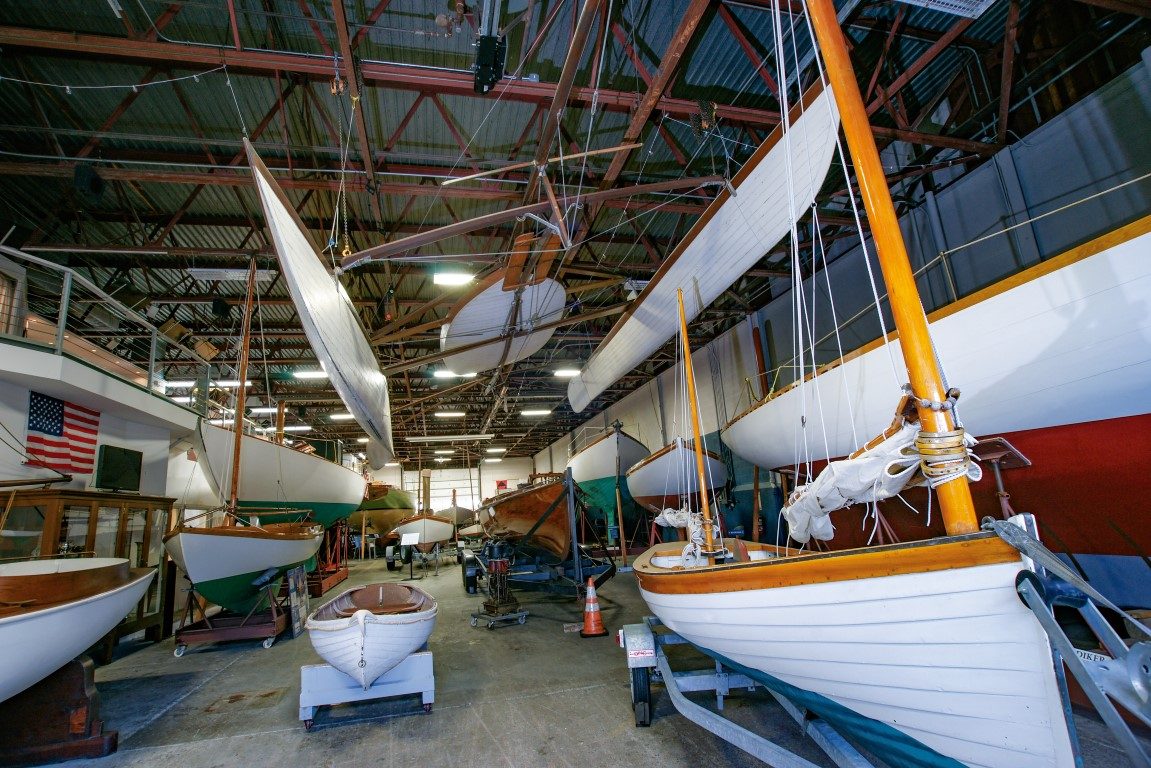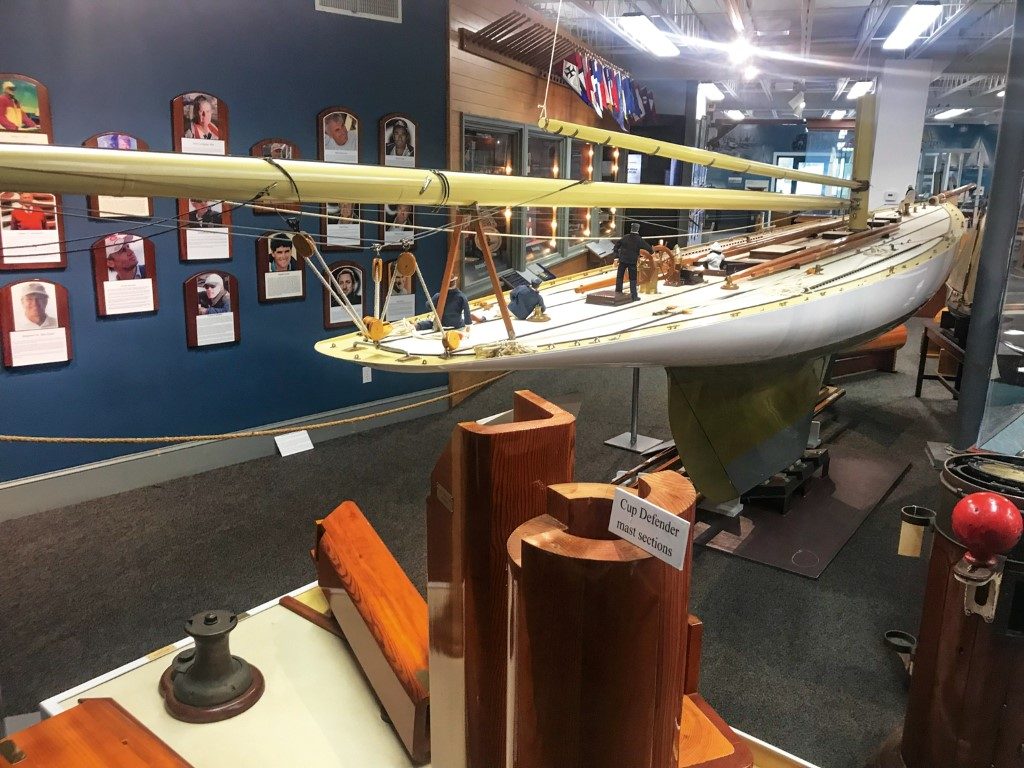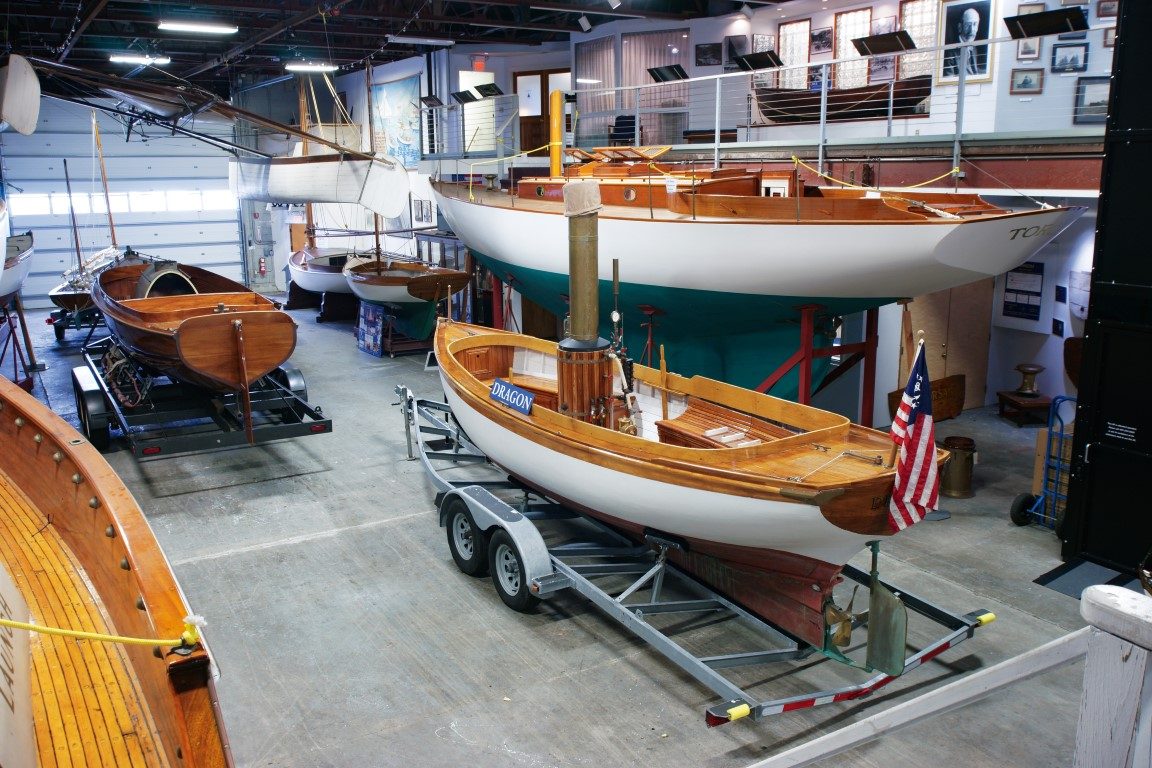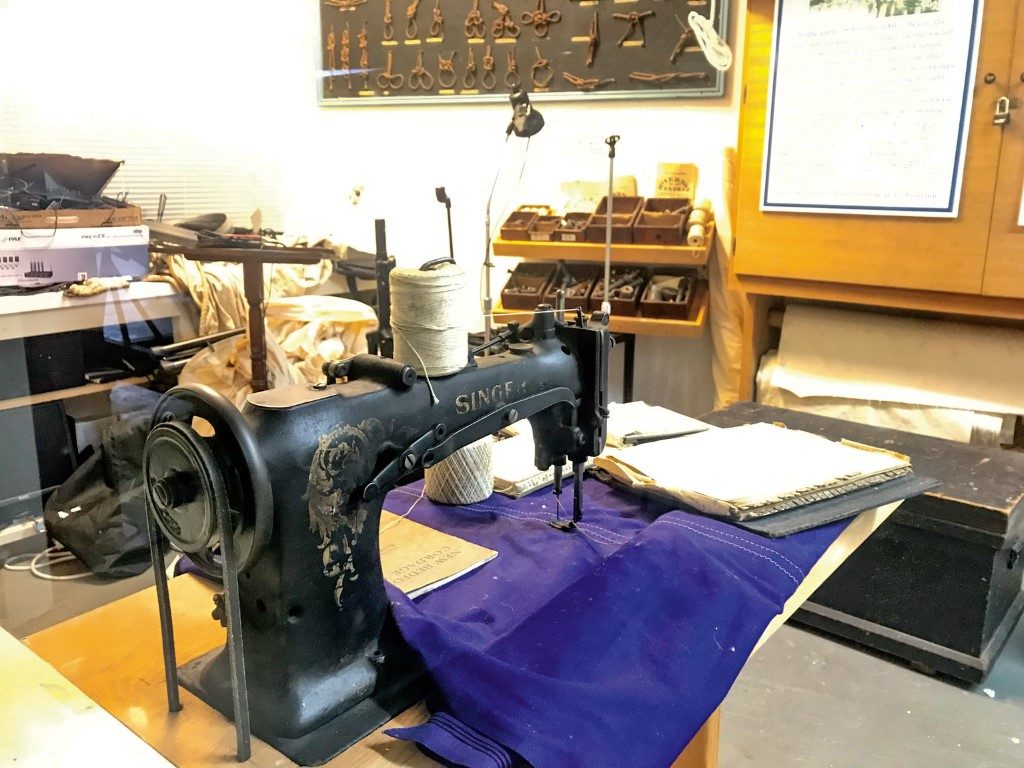

Since 1971, the Herreshoff Marine Museum has preserved the memory of the legendary ‘Wizard of Bristol’ while celebrating the America’s Cup Hall of Fame inductees. Story by Bruno Bianci.
There’s a museum in Rhode Island that should never fall off the ‘radar’ of boating enthusiasts. It’s the Herreshoff Marine Museum in Bristol, dedicated to the legendary Nathanael ‘Nat’ Herreshoff, almost certainly the most brilliant sailing boat designer of all time. The museum is located in a setting of great natural beauty: a bay dotted with islands and lighthouses and crossed by mist-cutting suspension bridges. Those who remember the America’s Cup challenges involving the 12-metre International Rule in nearby Newport will have no difficulty understanding what that is about.













